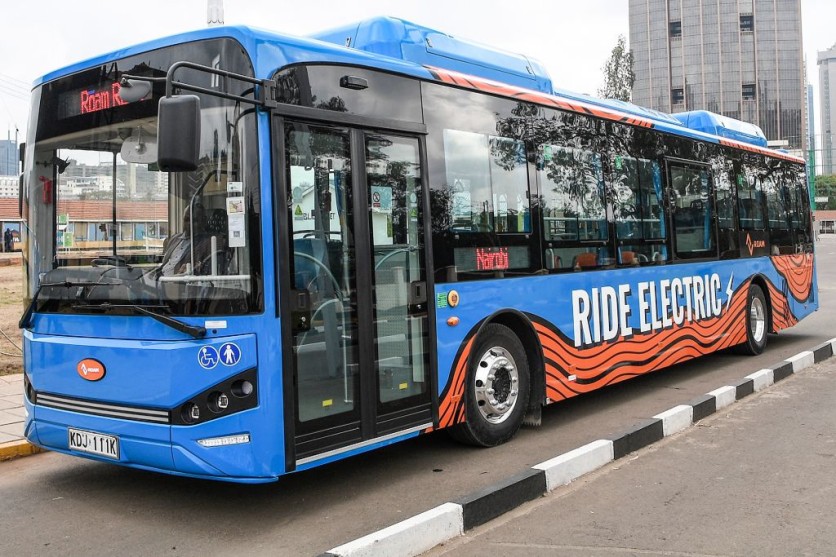South East London buses have developed a creative strategy for charging them, helping them achieve their zero-emissions target while still being effective.
Bus routes 132 (Bexleyheath-North Greenwich) and 358 (Crystal Palace-Orpington) are now undergoing testing with the new technology The electric pantobuses will be sent to route 132, and route 358 will test the trambuses. Both vehicles will be a first in London, as reported first by Interesting Engineering.

Electric Pantobuses
The pantobuses are double-decker buses with a rooftop-connected electric bar-shaped device. The equipment on the bus will link up with a static pantograph, a mechanical structure supplying a current from above, at the route 132 bus garage to wirelessly charge the bus.
When a bus parks immediately underneath the inverted pantographs, it will conduct electricity between a power supply and the bus and lower itself to charge the vehicle. The bus can drive 20 miles on a single charge, which only takes 10 minutes at the very least.
The all-electric route 132 is being powered for the first time in London with this technology. The buses receive a high-strength current through the pantograph several times throughout the day for a power boost; this is referred to as "opportunity charging".
Buses can travel farther every day because each top-up takes less than 10 minutes. This could mean that fewer buses will only be needed to deliver the same high level of service due to the quick top-up time and increased range provided by the new technology.
"The introduction of the pantograph builds on the progress we have already made to run a cleaner and greener bus service. Transforming London's bus fleet is an important part of the Mayor's target of getting London to net zero by 2030, and his aim to build a better London - a fairer, greener and more prosperous city for all," Deputy Mayor for Transport, Seb Dance, said in a press release statement.
Zero-Emission by 2030
This is the most recent phase of Transport for London's (TfL) transition to a zero-emission bus fleet. As stated in its Bus Action Plan, TfL has pledged to deliver a 100% zero-emission bus fleet in London by 2034.
TfL said that it has already committed to ensuring that all new cars going into service have zero emissions, and are subject to additional financing. They may also move up the target date from 2034 to 2030.
Along with working with stakeholders to make sure the required infrastructure is ready to support the transition, TfL is collaborating with bus manufacturers to create a competitive zero-emission market.
The plan may also help London achieve its objective of decarbonizing the city using clean, renewable energy and reaching net zero by 2030.
There are currently more than 850 zero-emission buses in London, the majority of which can only be charged overnight in garages, according to TfL.
The use of this new technology ensures that the necessary infrastructure is in place to achieve TfL's zero-emission goals notwithstanding the variable length and requirements of London's bus routes.
Last year, TfL introduced 20 double-decker hydrogen buses on routes 7 and 245 to test longer-range technology in an urban setting.
Related Article : Ford F-150 Lightning Owners May Receive Cash By Sharing Power in North Carolina's Grid
This article is owned by Tech Times
Written by Joaquin Victor Tacla
![Apple Watch Series 10 [GPS 42mm]](https://d.techtimes.com/en/full/453899/apple-watch-series-10-gps-42mm.jpg?w=184&h=103&f=9fb3c2ea2db928c663d1d2eadbcb3e52)



